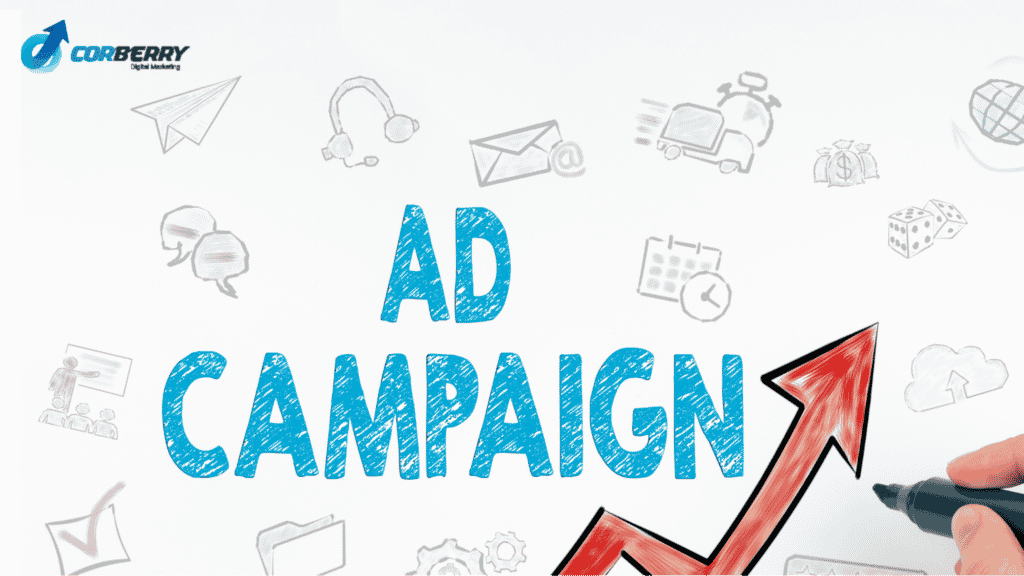
This new type of advertisement campaign allows stakeholders to generate leads through an automated process and aims to improve conversions. The process itself is made for minimum effort with the automation of bidding on keywords, and even scheduling ads based on your business requirements.
What Is Google’s Performance Max Campaign?
A Google Max Performance Campaign is a campaign option available in Google Ads designed to help users maximize their conversions. These conversions can be based on a wide variety of things, like sales, leads, or even local store visits.
Unlike most campaigns, it can run on a varied number of Google Ad platforms, which may differ for users used to typical advertisement campaigns. Google Ads, when running ads on a wide number of platforms, targets consumers most likely to be interested in your product or service.
When compared to campaigns that run individually, Performance Max Campaigns, for many marketers, has proven to have a higher conversion. That said, it’s important you understand what conversion you’re optimizing your campaign for.
Based on automation, Google’s Performance Max Campaigns helps you target ads to touchpoints where the user is most likely to be inclined to your product or service.
What Are Some of the Benefits of a Google Ads Campaign?
1. Does an Excellent Job in Scaling Sales
Since Google Ad campaigns are capable of creating ads using automation and your asset group, the process is a lot more scalable. Besides this, since the bidding process and your strategy are automated the cost of advertising is reduced so that your funds can be more effectively used in the automated bidding process.
Generally, however, Google Performance Max campaigns tend to perform especially well when it comes to reaching and scaling your sales goals.
2. Allows Advertisers to Implement Ads Across Various Platforms
Thanks to the automation of ads using asset groups, advertisers can run ads on a wide variety of platforms and have impactful results with minimal effort. Based on audience impressions, the advertisement process can be carried out by targeting the most likely prospects.
3. Reach the Right Audiences at the Most Effective Time for Conversion
Based on audience impressions, as well as, general impressions of your product and service, your campaign can be automated to reach the right audiences during times that are most likely to have conversions.
When it comes to individual products and demographics, this can be beneficial as it ensures high responsiveness in times where the prospects, or consumers, are likely to be the most receptive to the advertisement. This is also done on platforms that are most likely to be responsive.
Also read: How to Measure, Audit, and Reduce Your Bounce Rate
4. Define and Manage Your Ad Objectives to Optimize Your Campaign
In creating your advertising campaign you can set your goals and objectives based on what you want to accomplish. For example, if you have a physical store and your goal is to have higher foot traffic, your campaign can target consumers most likely to visit your store within the relevant location.
But other than this, having ad objectives, such as improving sales or lead generation can also be something you could accomplish based on your motivations.
Also read: What Is Lead Generation in Digital Marketing?
5. Allows You to Create an Asset Group to Automate Your Advertising Process
As mentioned earlier, by creating asset groups, your advertisement campaign can be automated ensuring a lot less time spent on menial tasks, which can be focused on strategy.
Creating an asset group, for the most part, is fairly simple. When creating it, you must have a number of options for logos, images, headings, descriptions, and CTAs to ensure your ads stand out and don’t look too monotonous.
Also read: What Is Remarketing in Google Analytics? The Ultimate Guide
6. Check Previews and Make Adjustments as Required
Once done with creating your advertisement campaign you can go ahead and review some previews and make adjustments as required. In doing this, you ensure that various combinations that take place look relevant.
Also, you will likely feel the need to revise ad copy so that it stays relevant across various different combinations that occur during the automation process.
7. Create and Add Audience Signals to Help Improve the Automation of Ads
Adding audience signals is a process that needs to be done manually based on parameters the marketer sets. For example, you can set an audience for a specific geo-location within a certain age demographic to target users during a specific time period.
Audience signals, although they may sound confusing, basically refer to users you feel will be most inclined to your product and most likely behavioral patterns.
8. Create an Effective Advertisement Campaign Around a Limited Budget
While there are several different advertisement campaigns out there, Google Performance Max advertisement campaigns do an excellent job of targeting specific audiences to ensure that your campaign has the highest amount of oven with limited budgets.
That’s why, for firms and companies working with limited means, making use of a Google Performance Max Campaign could be a smart move.
How to Create a Google Max Campaign
Step 1: Create a new campaign (Select Google Max Campaign) and choose your goals.
2: Decide and confirm a budget and bidding strategy for the campaign.
3: Add locations to be targeted and the languages for your campaign.
4: Build an asset group for your campaign. Typically this comprises a variety of digital assets, like images, logos, videos, and CTAs. To help entice users, it’s important that you add compelling headlines and descriptions as well.
In terms of the URL, adding the link on the ad that leads to the page for conversion is generally what is followed. While you can give a single URL to users, it so happens that, you can also give an additional one in case there is a separate link for a mobile site.
Under step 4, you can also add or select your audience signals and ad strength to help Google automate the advertising process.
5: After this, you may want to include relevant ad extensions based on the purpose of your campaign to help you track goals.
6: After covering all the steps mentioned above, you can go ahead and publish your campaign, then measure the results.
Watch: Performance Max Campaigns: Create your Campaign
Key Takeaways with Google Performance Max Campaigns
Now that we’ve covered the basics, it’s important to note that, although quite effective, there are several things to keep in mind. For example, in order to know which audience to target, bidding strategies, and even a reasonable budget, you will likely need a professional background in Google Ads.
For those who don’t have a professional background, we’d strongly recommend you go about the process as cautiously as possible, or just hire a professional. Although it may seem like a waste of resources, in the long run, you could save hundreds of dollars that would’ve been spent on an ineffective campaign.
Besides that, automation in marketing is quite beneficial, and making use of the Performance Max Campaign is definitely a smart move.


